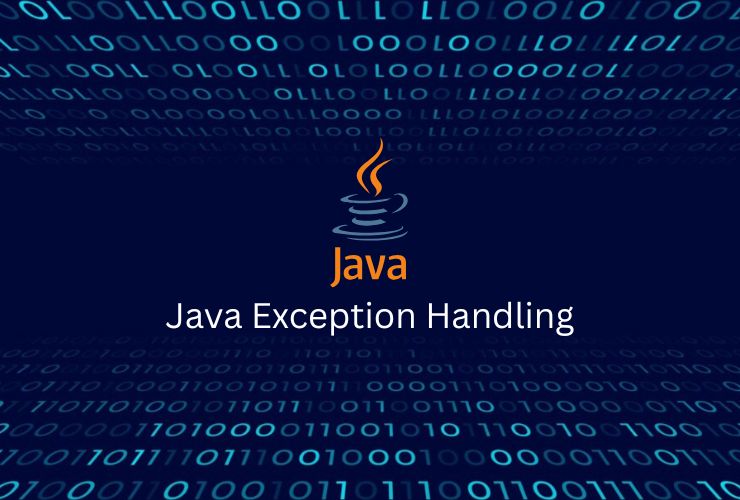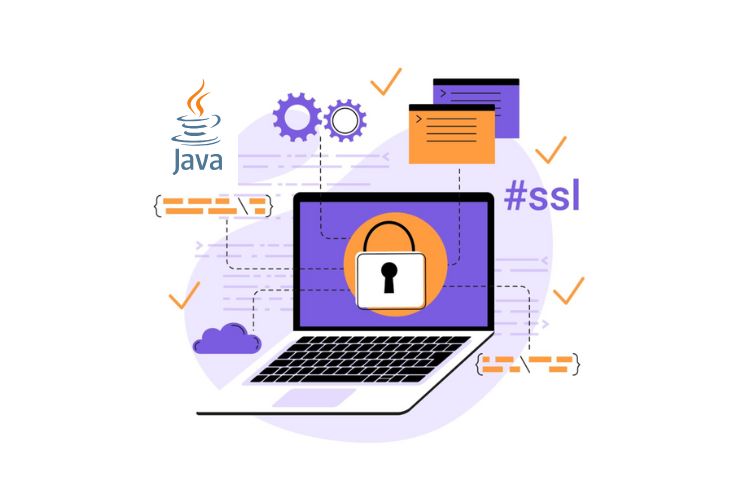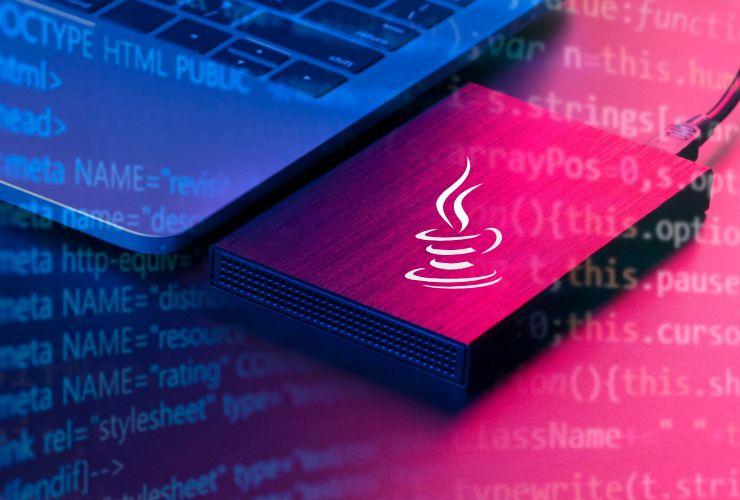Java has proven to be one of the most reliable, scalable, and flexible languages for enterprise applications. It runs everything from banks and hospitals to eCommerce applications and government websites, processing millions of transactions a day. But as applications continue to scale, you may encounter some performance bottlenecks. Bottlenecks such as slowed-down response time, increased costs of infrastructure, or poor user experience.
In this blog, we’ll cover tried-and-true methods and strategies to optimize Java applications for high performance, so you have peace of mind knowing your software is running optimally, efficiently scales, and provides great user satisfaction.
1. Know What the Bottlenecks Are
Before we jump into optimization, it’s important to consider what is causing your application to run slow. Try using profiling tools like:
- JVisualVM – Look at CPU time, heap, and thread state information.
- JProfiler – View heap dumps and spot thread contention.
- Java Mission Control (JMC) – Get deep JVM monitoring, and JFR (Java Flight Recorder).
TIP: Measure before you optimize, making changes on a blind spot usually leads to wasted time or new issues.
2. Optimize Garbage Collection (GC)
Garbage collection (GC) is an important part of the Java Virtual Machine (JVM). If it isn’t tuned correctly, performance will suffer due to GC.
Best Practices:
- For larger applications, always use G1GC (Garbage-First Garbage Collector).
- Set your heap values (-Xms and –Xmx) to match your workload.
- Use GC logs to understand GC pauses and to improve your configuration.
Example JVM flags:
-XX:+UseG1GC -Xms2g -Xmx4g -XX:+UseStringDeduplication
3. Use Collections and Algorithms Effectively
Choosing the appropriate data structure is crucial to performance:
- Use ArrayList instead of LinkedList for random access.
- Use HashMap and ConcurrentHashMap for faster data access.
- Use Streams API wisely and if you must use Streams, shouldn’t chain it too much on large datasets.
Note: Replacing an inner loop with a HashSet look up changes time complexity from O(n²) to O(n).
4. Reduce the Overhead of Synchronization.
Multithreading is useful, but it’s also a potential bottleneck.
- Use lock free data structures (ex. ConcurrentLinkedQueue).
- Use read/write locks (ReadWriteLock) rather than synchronized chunks for better access.
- Use CompletableFuture or ExecutorService for your async tasks (this can prevent threads from blocking each other unnecessarily) that will ease loads from your app.
5. Reduce Database Latency
In Java applications, database queries are often the most significant bottleneck.
- Use connection pooling (HikariCP) to reduce connecting overhead.
- Use batch updates instead of multiple individual queries.
- Use caching layers (Redis, Ehcache) for data that does not change frequently.
- Make the most efficient queries, and check that you have good indices in the database.
Just a reminder, a bad SQL query will slow down even the fastest Java code.
6. Optimize I/O Operations
Blocking I/O is a careful consideration for your application performance.
- Consider using NIO (Non-blocking I/O) or a framework like Netty for networking that requires speedy performance.
- Consider using asynchronous file processing for dealing with large datasets.
- Save on the overhead of serialization by using Protocol Buffers or Kryo over Java default serialization.
7. JVM and Application Server Tuning
Getting nitty-gritty with JVM and server configuration to improve application performance can lead to substantial performance gain.
- Modify the threadpool size of app servers like Tomcat / Jetty / WildFly…
- Enable HTTP/2 performance improvements to reduce latency for web applications.
- Monitor / Tune JVM thread stack (-Xss) so that it doesn’t consume unnecessary memory.
8. Employ Caching Wisely
Caching is useful for minimizing duplicate calls to the database and performing repetitive calculations.
- If you want to use in-memory caching, consider using Ehcache and Guava Cache.
- If you want to use distributed caching, consider using Redis, Hazelcast, or Memcached.
- Cache at several different layers such as application, database, and even HTTP responses.
In addition, it is important to implement a cache invalidation policy so that stale data does not get into the application.
9. Use Microservices and Cloud-Native Patterns
Monolithic Java applications can be limited in terms of scalability. Moving away from monolithic Java apps towards microservices can give you the ability to
- Scale services independently.
- Isolate a failure from the overall system.
- Improve performance with container orchestration (Docker, Kubernetes).
10. Monitor and Test Continuously
You should always be aware that optimized performance isn’t a one-time activity. Optimizing Java applications for performance requires continuous monitoring.
- You can use application performance management (APM) tools such as New Relic, Dynatrace, or AppDynamics.
- You can implement a continuous integration (CI) and continuous deployment (CD) pipelines to automate performance tests.
- Monitor your service level agreements (SLAs) and service level objectives (SLOs) so that your Java applications meet your expectations.
Conclusion
Optimizing and sustaining performance at high levels means an all-encompassing approach, from tuning the JVM and managing garbage collection, to optimizing physical databases and using distributed caching. If we profile it correctly, use data structures for maximum effectiveness, and monitor continuously, we can ensure that our Java application will scale horizontally and continue to perform efficiently.
Need Expert Java Development & Optimization Services?
At Empirical Edge, we specialize in building and optimizing Java applications for enterprise performance, scalability, and security. Our team leverages modern frameworks like Spring Boot, Jakarta EE, and microservices architecture to deliver tailored solutions.
Explore our Java Development Services here: Java Software Development Services












